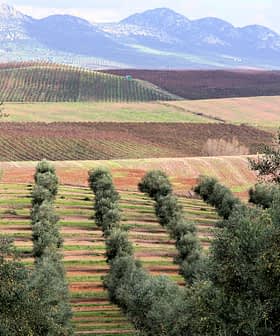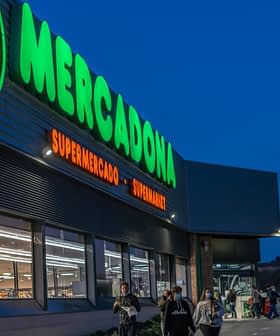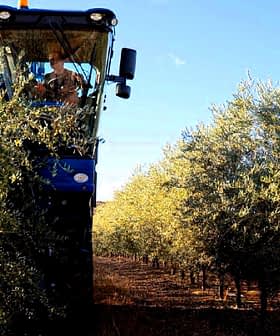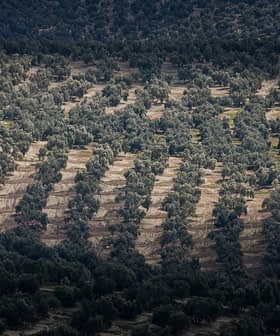Spanish Olive Oil Prices Increase for First Time in Three Months
After a precipitous fall, olive oil prices have crept back up in Spain. However, producers are divided on whether this trend will continue.
Olive oil prices in Spain have slightly increased after falling more than 30 percent in the last three months.
I expect prices to keep rising because every day that passes confirms that the next campaign will not be exceptional.
Prices for virgin, extra virgin and lampante hit their lowest point last week before rising by an average of about €0.30 ($0.35) per kilogram. According to the International Olive Council, Spanish extra virgin olive oil was selling at €2.61 ($3.07) per kilogram and refined olive oils were selling at €2.20 ($2.59) before the price bump.
Some in the olive oil sector believe that the prices are rising because sales increased in May. The exact numbers will be released later this month. May is generally a good month for olive oil sales in Spain and summer months generally have higher sales as well.
“This situation confirms what we have been stating in this period of time,” Cristóbal Cano told Olive Oil Times. Cano is the secretary general of UPA Jaén, an organization that lobbies for fair prices for agricultural commodities, and believes that there was no reason for the prices to be so low in the first place, which is why he expects them to rebound.
“It was an unreal situation and without any objective data that justified that drop in the price,” he said. “The market was practically dead and domestic sales were low since the buyers had gone to third-party countries for their acquisitions.”
Spanish olive oil distributors have recently been refreshing their stockpiles by purchasing excess oil produced in Italy and Greece. However, both countries are expected to experience decreased production compared with last year, according to forecasts seen by Cano. He said Spanish olive oil producers are set to fill that void.
“Now [those buyers will] have to focus on the province of Jaén,” he said. “[This should] increase both the demand and, we hope consequently, price.”
Cano does not expect Spain to have an exceptionally good harvest this year, but he said this will be a common theme among northern hemisphere producers. Meanwhile, demand for olive oil is expected to keep growing and therefore, the price should as well.
“Yes, I expect prices to keep rising because every day that passes confirms that the next campaign will not be exceptional, but it will be very similar to worldwide harvests,” he said.
Rafael Pico Lapuente is the director of Asoliva, an association of industrial packers and Spanish exporters of olive oil. He agrees that supply and demand influence the prices of olive oil, but he thinks prices might decrease again.
“In my opinion, the prices will go down somewhat, but I do not think much,” he told Olive Oil Times. “We will have to wait to know the productions of other countries, and everything points to that they will be lower than last year.”
The decrease that Pico Lapuente predicts might take place due to a lack of activity on the international olive oil market, which has seen benchmark weekly producer prices in Spain, Italy, Greece and Tunisia decrease or remain steady throughout the spring, according to the IOC. Ultimately, Pico Lapuente admitted that he does not know what will happen.
“If I knew how they are going to change, surely I would live much better,” he said. “That being said, the fact that prices have risen a bit is not significant because the market was very stationary.”
At a meeting late last month in Mengíbar, Jaén, hundreds of members from all chapters of the Association of Young Farmers (ASAJA) gathered to discuss the price decreases (which happened a few days before the slight increase). The group’s president, Cristóbal Gallego Martínez, had a similar message to that of Cano, saying that he could not understand why prices continued to decrease in spite of several positive indicators.
“According to the data we handle, the greater current product availability in Spain, compared to our competitors, will change the dynamics of the market between now and the end of the campaign,” he told the gathering. “And while imports will decrease, the exports will rebound.”
In spite of his frustration, Gallego Martínez was optimistic about the future. He pointed out that the unusually wet spring brought much-needed relief to drought-ridden southern Spain, which led the Ministry of Agriculture to revise their production estimates for the 2018/19 campaign.
“[This data] shows that there are no objective reasons for the current price levels to be occurring,” he said.
However, a spokesperson from the ASAJA Jaén chapter told Olive Oil Times that the organization would not make any predictions on whether or not the prices would continue to go up until they received the most recent sales figures.








